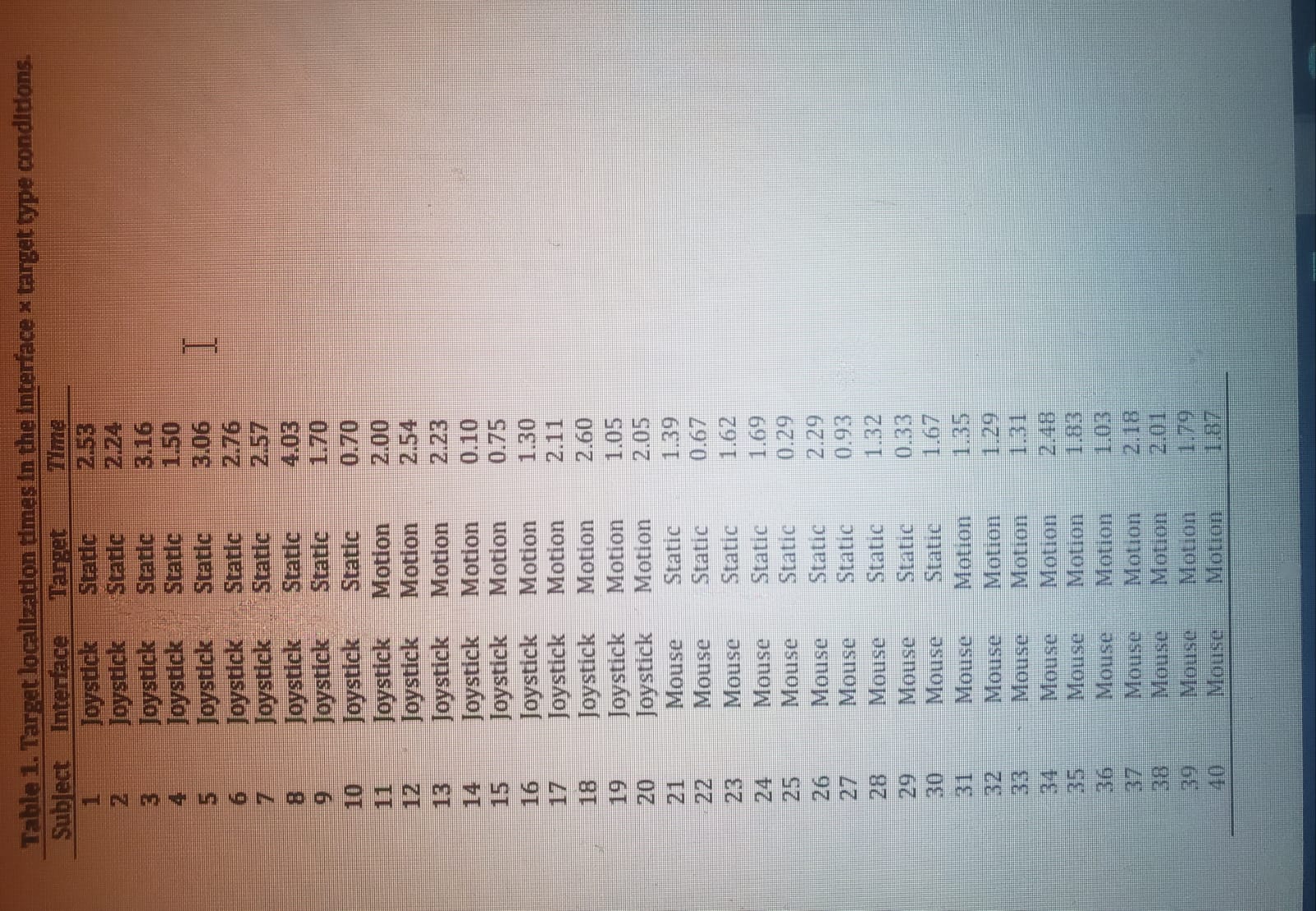Question
conduct appropriate statistical analyses of the data to draw conclusions for each research hypothesis. Write a brief report of the results in which you. ?
conduct appropriate statistical analyses of the data to draw conclusions for each research hypothesis. Write a brief report of the results in which you.
? Highlight all inferential statistical effects (e.g., There was a strong main effect of Factor A)
? Discuss the qualitative nature of any such effects (e.g., Group A scored higher on than group B)
? Report the results of your statistical tests using the appropriate formatting for each respective statistical test (e.g., t[12] = 2.53, p = .026, d = 0.74, 95% CI = [1.34, 4.78])
? Refer back to the research scenario to make a broad declarative statement about how well the research hypothesis is supported..
please report exact p values for each statistical test (e.g., p = .026). Otherwise, if hand calculations, report p values in relation to (e.g., less than) the appropriate ?-level (e.g., ? = .05) and include


Step by Step Solution
There are 3 Steps involved in it
Step: 1

Get Instant Access to Expert-Tailored Solutions
See step-by-step solutions with expert insights and AI powered tools for academic success
Step: 2

Step: 3

Ace Your Homework with AI
Get the answers you need in no time with our AI-driven, step-by-step assistance
Get Started


